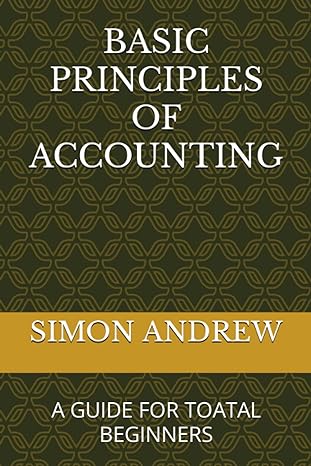Answered step by step
Verified Expert Solution
Question
1 Approved Answer
In the table below you will find simplified consolidated balance sheets for the chartered banking system and the Bank of Canada. Use columns 1-3 to
In the table below you will find simplified consolidated balance sheets for the chartered banking system and the Bank of Canada. Use columns 1-3 to indicate how the balance sheets would read after each of transactions in parts (a) to (c) is completed. Do not cumulate your answers; that is, analyze each transaction separately, starting in each case from the numbers provided. All accounts are in billions of dollars. a. A decline in the bank rate prompts chartered banks to borrow an additional $4 billion from the Bank of Canada. Show the new balance-sheet figures in column 1 of each table. b. The Bank of Canada sells $6 billion in securities to the public, who pay for the bonds with cheques. Show the new balance sheet figures in column 2 of each table. c. The Bank of Canada buys $5 billion of securities from chartered banks. Show the new balance sheet numbers in column 3 of each table. Instructions: All answers below are to be entered as whole numbers. Assets: Cash reserves Securities Loans Liabilities: Demand deposits Advances from Bank of Canada Consolidated Balance Sheet: All chartered banks (billions of dollars) (1) $33 $ $ 60 60 $150 3 (2) $ (3) Assets: Securities Advances to chartered banks Liabilities: Balance Sheet: Bank of Canada (billions of dollars) $60 3 (1) (2) (3) $ Reserves of chartered banks $33 $ $ $ Government of Canada deposits Notes in circulation 3 27 d. Now review all of the above 3 transactions, asking yourself these three questions: (1) What change, if any, took place in the money supply as a direct and immediate result of each transaction? (2) What increase or decrease in chartered banks' cash reserves took place in each transaction? (3) Assuming a desired reserve ratio of 20 percent, what change in the money-creating potential of the chartered banking system occurred as a result of each transaction? Transaction a: 1. The money supply (Click to select) . 2. Reserves (Click to select) from $33 to $ 3. Money-creating potential (Click to select) by $ Transaction b: billion. billion. 1. The money supply (Click to select) by $ billion. 2. Reserves (Click to select) from $33 to $ billion. 3. Money-creating potential (Click to select) by $ billion. Transaction c: 1. The money supply (Click to select) 2. Reserves (Click to select) from $33 to $ billion. 3. Money-creating potential (Click to select) by $ billion
Step by Step Solution
There are 3 Steps involved in it
Step: 1

Get Instant Access to Expert-Tailored Solutions
See step-by-step solutions with expert insights and AI powered tools for academic success
Step: 2

Step: 3

Ace Your Homework with AI
Get the answers you need in no time with our AI-driven, step-by-step assistance
Get Started


